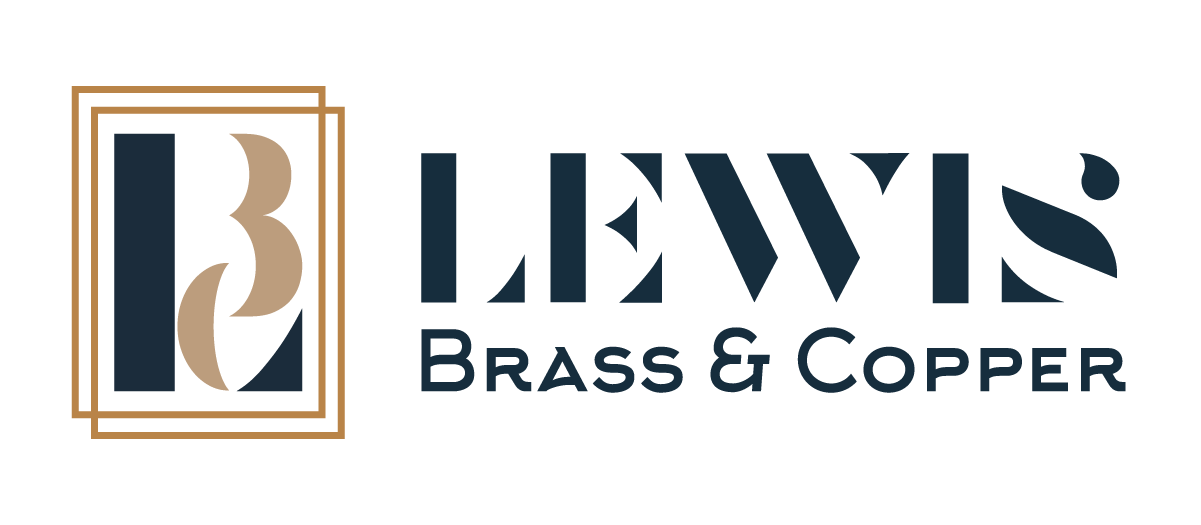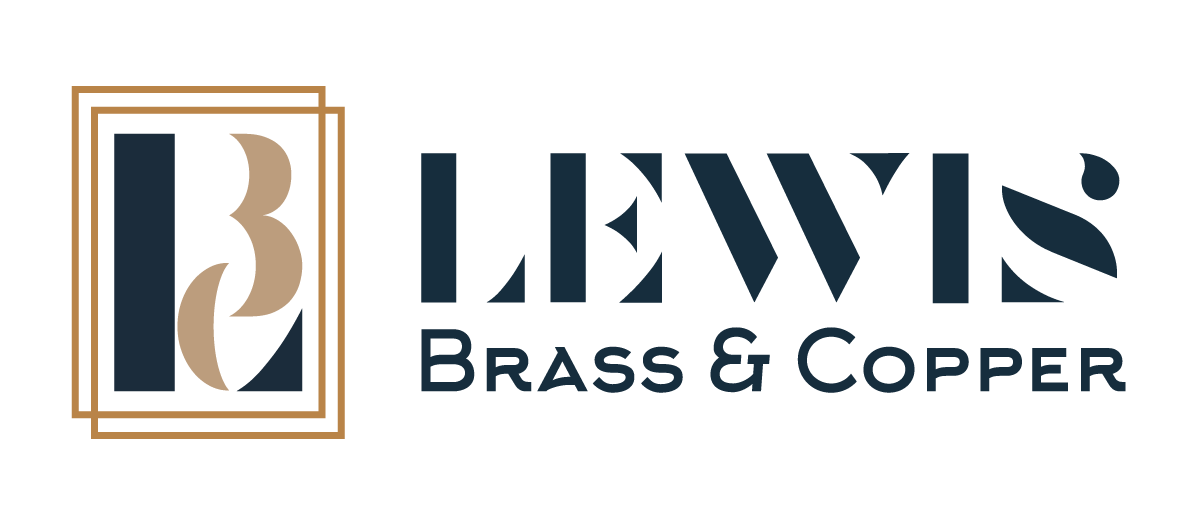What is A110 Copper
A110 copper dates back to Egyptian and Mesopotamia civilizations, and has become well known for its versatility, durability, and excellent conductivity throughout this time. Now, various industries use it for a wide variety of applications, particularly after the development of copper alloys.
In this blog, we’ll explore A110 Copper in detail and cover its definition, composition, properties, and applications. We'll delve into its manufacturing process, discuss its advantages and disadvantages, compare it to other brass alloys, and offer tips on maintaining and caring for A110 Copper products.
Definition of A110 Copper
First, we’ll look at what A110 copper actually is. It’s a specific type of copper alloy that is recognized for its high electrical and thermal conductivity.
It is often referred to as electrolytic tough pitch (ETP) copper due to its method of production, which involves electrolytic refining. This process makes sure the end result is of the highest purity, so it's very useful for applications that need superior conductivity and corrosion resistance.
Composition of A110 Copper
Copper is actually made from 99.9% copper and the rest from various impurities such as oxygen. While it is a rather small amount, the presence of this oxygen helps to improve the alloy's overall strength and hardness without significantly compromising its conductivity.
On the other hand, the high amount of copper means it’s a great choice if you need something with good electrical and thermal conductivity.
Properties of A110 Copper
If you plan to use A110 copper in your projects, then you may be curious about its properties. Let’s break some of them down below:
- Electrical Conductivity: With a conductivity rating of over 100% IACS (International Annealed Copper Standard), A110 Copper is one of the best conductors of electricity, making it essential for electrical wiring and components.
- Thermal Conductivity: It has high thermal conductivity, which allows efficient heat transfer, crucial for heat exchangers and other thermal management applications.
- Corrosion Resistance: A110 Copper exhibits good resistance to corrosion in various environments, including atmospheric and marine conditions.
- Ductility and Malleability: It is highly ductile and malleable, allowing it to be easily formed into wires, sheets, and other shapes without cracking.
- Tensile Strength: A110 Copper has a good balance of strength and flexibility, so it’s ideal if you need something that’s both durable and reliable.
Applications of A110 Copper
Now you know a bit more about the attractive properties of A110 copper, we’ll break down some of its applications. This way, you can envision how you may use it in your own projects, or if it can suit your needs.
Industrial Uses of A110 Copper
A110 copper is widely used in the manufacturing of electrical components, such as busbars, connectors, and motor windings, thanks to its high conductivity. Additionally, its thermal conductivity and corrosion resistance make it ideal for heat exchangers, radiators, and plumbing systems.
Decorative Uses of A110 Copper
Beyond industrial uses, A110 Copper is also loved for its aesthetic appeal due to its attractive color. You will often see it used in architectural elements, interior design, and art installations.
For example, it is used for roofing, gutters, and facades, while in interior design, it enhances countertops, backsplashes, and fixtures. Artists use it for large-scale installations and sculptures due to its malleability and finish options. Additionally, you may also find it in home accessories like vases and picture frames.
Automotive Applications of A110 Copper
A110 copper is a popular material in the automotive industry. Why? Because it’s often used in various automotive elements.
For example, its high conductivity and durability make it ideal for electrical systems, such as wiring harnesses and battery terminals. Additionally, its thermal properties are leveraged in the production of radiators and other heat exchange systems. This allows for the efficient cooling and performance, two important factors within these systems.
Manufacturing Process of A110 Copper
Even if you don’t undergo the manufacturing process yourself, it can be useful to know the process. This way, you can have a better idea of how the final product is achieved.
Extraction of Raw Materials for A110 Copper
First is the extraction of raw materials. Copper ore is mined from the earth and then refined through a series of processes to remove impurities.
Afterward, this ore undergoes crushing, grinding, and flotation to produce copper concentrate, before being smelted to produce blister copper. When this is made, it is then refined some more so you get the high purity required for A110 Copper.
Alloying of A110 Copper
Once the raw copper is purified, it undergoes alloying. This is where small amounts of oxygen are intentionally added during the refining process to create electrolytic tough pitch (ETP) copper. This controlled addition of oxygen improves the alloy's mechanical properties while maintaining its high conductivity.
Casting and Forming Methods for A110 Copper
After alloying, A110 Copper is cast into various shapes and forms. Common methods include continuous casting, extrusion, and rolling.
Continuous casting involves pouring molten copper into a mold to create a solid shape, which is then cooled and cut to size. Extrusion and rolling are used to produce wires, rods, and sheets with precise dimensions and properties. These processes ensure that the final product meets the specific requirements for its intended applications.
Advantages and Disadvantages of A110 Copper
Advantages of A110 Copper
- High Conductivity: A110 Copper's exceptional electrical and thermal conductivity make it ideal for applications requiring efficient energy transfer.
- Corrosion Resistance: Its resistance to corrosion ensures long-lasting performance in various environments.
- Ductility and Malleability: A110 Copper can be easily formed into different shapes without losing its integrity, making it versatile for many applications.
- Aesthetic Appeal: Its attractive appearance and ability to develop a patina make it suitable for decorative uses.
Disadvantages of A110 Copper
- Cost: A110 Copper can be more expensive than other materials. If you have a tight budget, you’ll need to keep this in mind.
- Weight: Copper is relatively heavy compared to some other metals, which can be a disadvantage in applications where weight is a critical factor.
- Softness: While its ductility is an advantage, A110 Copper's softness can also be a drawback in applications where higher strength and hardness are required.
Comparison to Other Brass Alloys
A110 Copper stands out among brass alloys due to its high purity and conductivity. Compared to other alloys, it offers superior electrical and thermal performance, making it the preferred choice for specific applications. However, other brass alloys may offer better mechanical strength or cost advantages, depending on the requirements of the project.
Maintenance and Care of A110 Copper Products
Cleaning and Polishing Techniques for A110 Copper
To maintain the appearance and performance of A110 Copper products, regular cleaning and polishing are essential. Use a soft cloth and mild cleaning solution to remove dirt and grime. For a polished finish, apply a copper polish using a soft cloth, rubbing in a circular motion. Avoid abrasive materials that can scratch the surface.
Protecting A110 Copper from Corrosion
While A110 Copper is resistant to corrosion, additional protective measures can extend its lifespan. Applying a clear lacquer or wax coating can protect the surface from tarnishing and environmental damage. Regular maintenance and inspections are recommended to ensure the protective coating remains intact and effective.
How Lewis Brass Can Help
We provide high-quality A110 copper materials and products to suit your business needs. If you have any queries, feel free to contact us, or alternatively, request a quote from us.
Our team of experts will be happy to help you with any queries you may have.
 1-800-221-5579
1-800-221-5579 info@lewisbrass.com
info@lewisbrass.com
